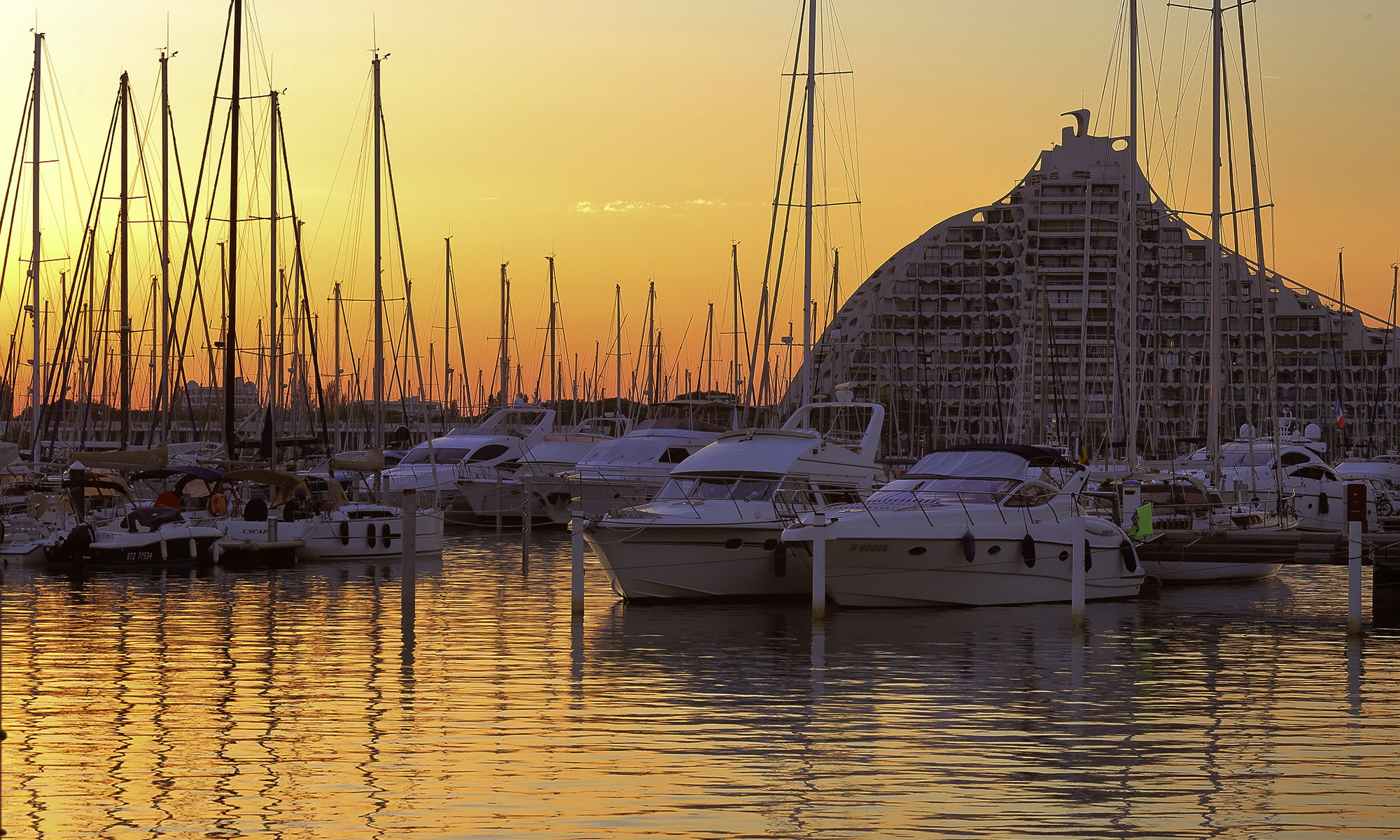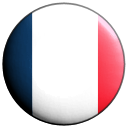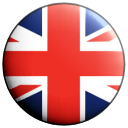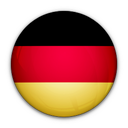4 - Point Zero

It was the starting point for the city. Jean Balladur's idea was to turn it into a highly visible building in a resort that was fully under construction.
The building was designed to house the administrative services, the police and the post office all at once, along with shops and beach facilities for the first holidaymakers, while the town was still under construction.
The location of Point Zero was not a random choice. Dubbed the "fish" building, Point Zero took the shape of an arc that opens to the sea. Its design was inspired by the original dune, the famous Grande Motte, so named by the seafarers who used it to find their bearings. This is the dune that gave the city its name.
Paul Gineste is the architect who participated in the creation of Point Zero.
"Lou moutas in the Languedoc dialect... it means the mound, the dune... 8.33 metres above sea level... I don't know if you can picture how high that is! Luckily, we made Point Zero so you can see for yourself! And we did it to honour the dune... There was a great mound here, and it reigned over the landscape... This dune was like a local goddess... She was the lady of the manor, she gave the place its name... So we went to see the great dune and we said to her, what if we built you a little one next door..we'll take your curves as our base... and from there, we played around with tangent curves, arcs in other directions and came up with not only the horizontal plane but also the vertical one... So you could say that Point Zero arose like a poem. "
Not far from this architectural poetry of arcs and concrete folds, on the seashore, you can almost make out the sculptures of Josephine Chevry.
These works of art now lie buried in the sand, but they once formed a sculpted landscape on the beach: a set of prefabricated concrete elements designed to support the dunes and settle their position.
"For me, it was like learning to write... When you're in kindergarten, you draw sticks and join them with curves to make an M, you know what I mean, the M's, the i's, the U's, all of that... Well, this was what I did, sticks and curves, and also the O, the circle. So I started out with this mini alphabet and I worked solely on that... Before installing it, I sculpted the dunes with a tractor, so I had to learn to drive a caterpillar with a 4-metre blade to re-shape the dunes, as they were kind of falling apart at the seams, it was all a bit of a mess. Once we'd re-shaped the three big dunes, we installed the pieces on flat ground, the sticks and the curves, and that's how we created various set-ups.
Joséphine Chevry's intention was to make her sculptures an interactive feature for beach-goers, who could use them as wind shields, or for shade, or for more privacy as a family or couple.
Discover the other points of interest by clicking on their image :




